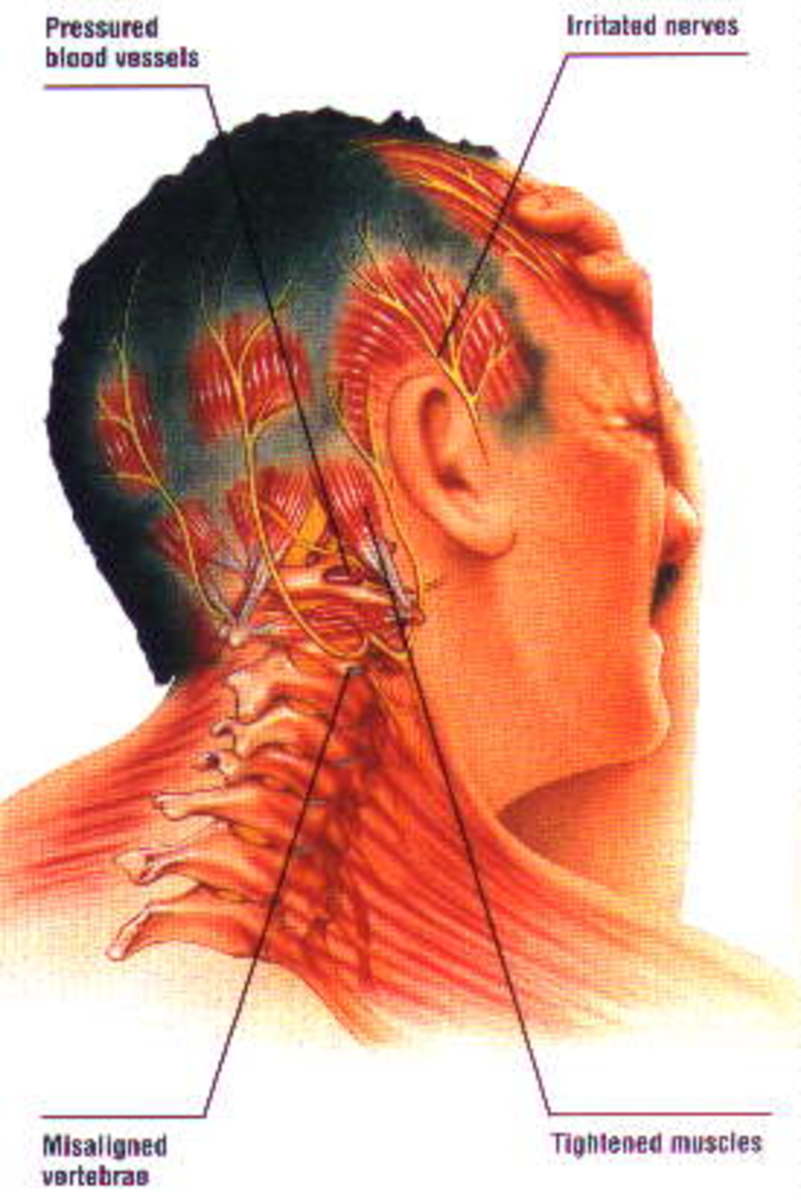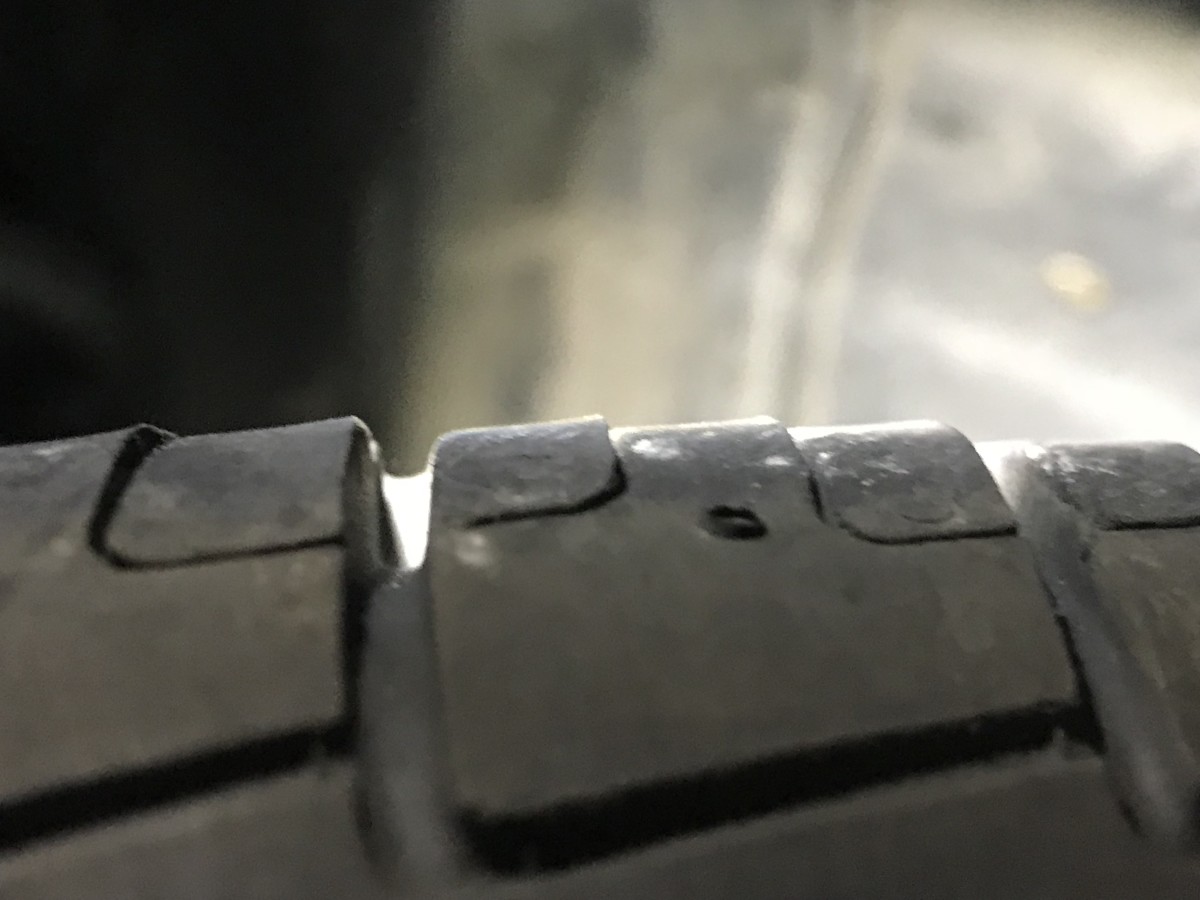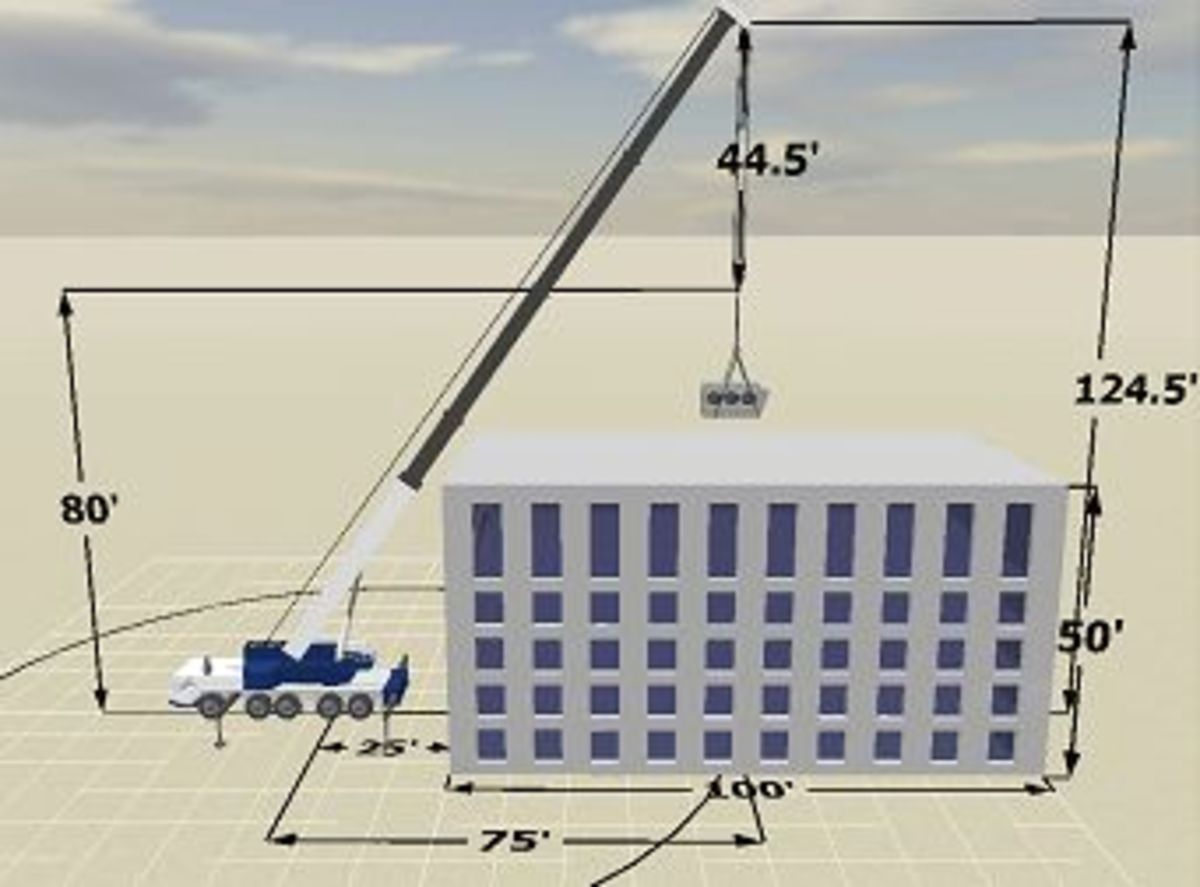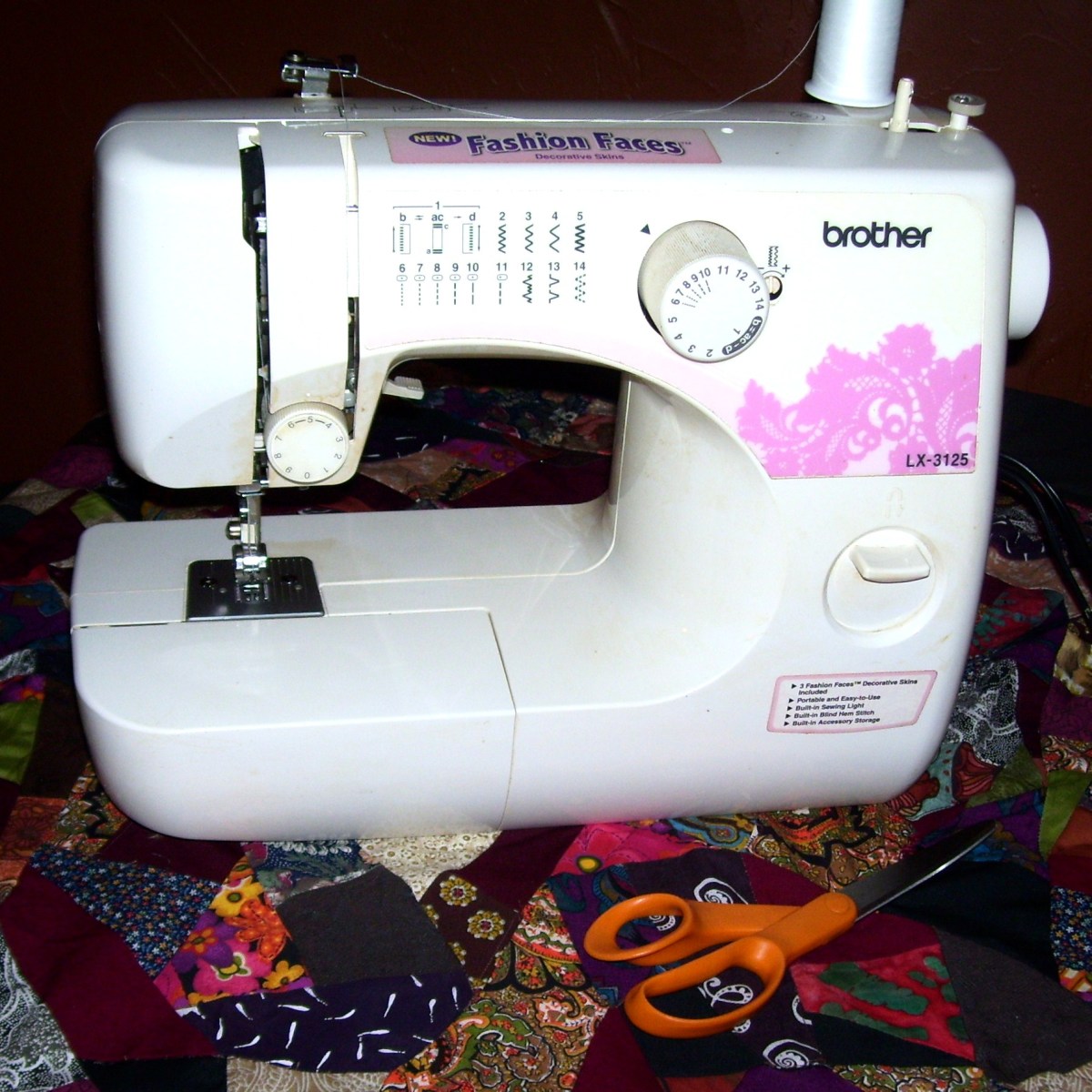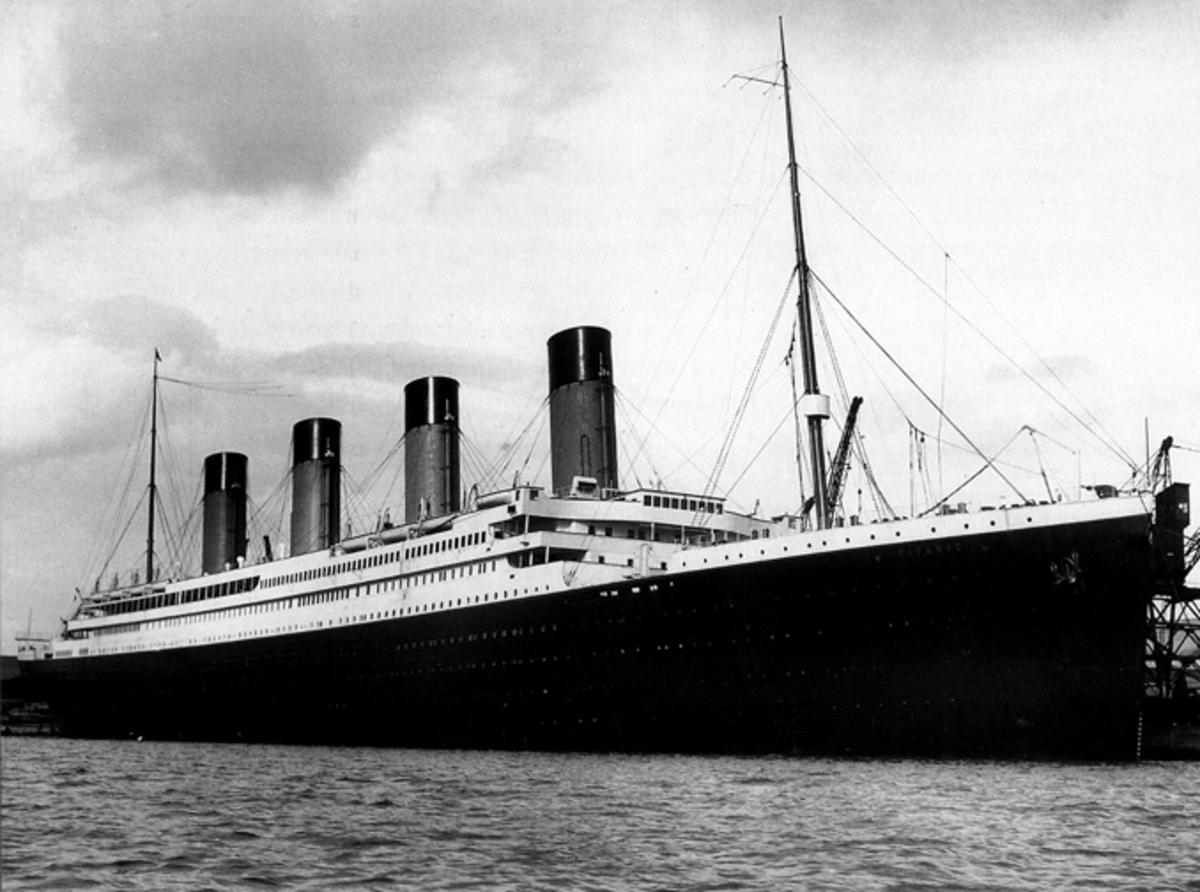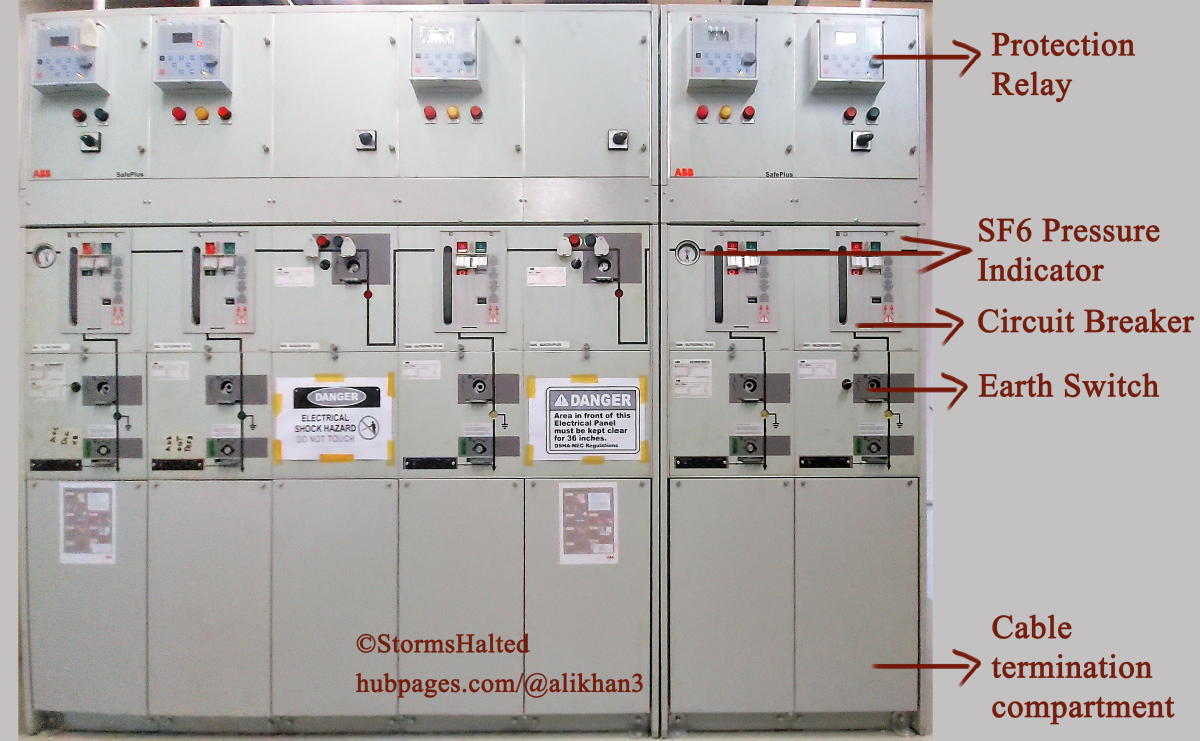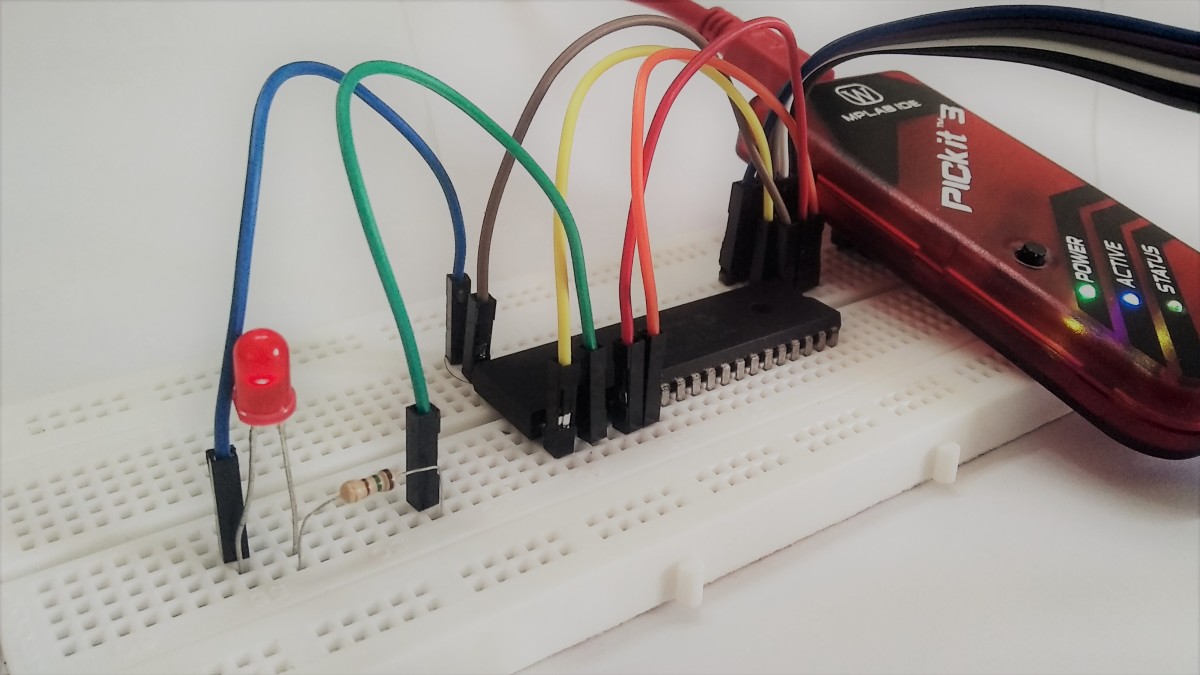Tips Power Transmission Coupling - Maintenance Cruz

You can almost separate machine components into three categories; power, coupling, and transmission. The problem is that each one needs the other so much that they tend to blend together and many times are sold together. I have chosen to focus on coupling in this article.
Couplings have come a long way over time from plant and animal materials to high precision manufactured parts of our time. Anyone who has seen machines from the early 1900s can not help but notice the long belts linking steam engines to output equipment. I toured a factory in the early 2000s that still used leather strap and oak wood shoe wheel brake setups, and it functioned very well. You can still find old and interesting machine coupling setups in the textiles industry where they still use early 1900s machines today. I also had occasion to work with some very old yarn equipment that had been brought up to date in some respects, but the internal parts were amazingly complex for the time period. The most interesting thing was that a block of twenty machines were powered by one long belt from a single 3/4 horsepower modern AC motor.
I have previously discussed belt and chain so I want to focus on direct coupling and clutch coupling in this article. There are a myriad of coupling types out today and the choices have opened doors to design. One of the most impressive features on some of the modern couplings is the allowable misalignment. It is amazing that something meant to run constantly and absorb torsional forces could also be run in misalignment!?
With advancement in materials come the advancement in coupling capability. Rubbers and plastics are serving greater and greater rolls in power transmission and coupling technology. These materials have been suspect since they first were introduced as power transmission products. Rubber had to overcome wooden wheel, not really a hard sell, but plastics fighting to overcome metals is a much harder task. It is already taken place to a point, but eventually some synthetic material will be produced that may very well render metals obsolete, or not.
I am actually constantly amazed at the products available and there uses. Plastic inserts and whole coupling that can withstand the demanding pressures of industrial applications. Rubber and cast aluminum couplings that handle the starting and stopping load in drivetrains. Polymers melded to steel to create a coupling that can handle load, misalignment, and can be replaced very easily. It has always fascinated me to see a 200 hp motor coupled with only a rubber insert as the link for all that force.
The need arose for creative coupling designs that served several functions. Of course the unit must transmit the power, but it could provide a valuable calculated weak link. The need for something to give and to have control over the criteria at which this device would give up was a great step forward. When a malfunction occurred the sudden stop sent a shock wave backwards through a system and something was bound to give, especially because the drive would still be trying to press onwards. Something was needed to separate these components that could run the machine but would give up instantly on high load.
This is where accurate engineering comes in and sizing couplings is crucial. All the coupling manufacturers list torque values and recommendations with their product lines. I have found the engineering departments at these companies invaluable, extremely helpful, and very knowledgeable. Many times you contact the technical department and they have exact ready answers as they have already specified what you are asking for in a similar situation and have the performance feedback.
You can't get away from the fact that it is also a wear component that needs to periodically changed. The longevity of these components greatly depends on original engineering specification and mechanical alignment. Even if a coupling describes up to 15 degrees out of alignment you should not tempt fate. Accurate alignment is a must and one of the hardest things to achieve and maintain in a manufacturing environment. A machine goes down with a worn or broken coupling and the clock is ticking, most the of time a quick change occurs with very little effort paid to precise alignment.
There are several tools out there for shaft alignment ranging from the cheap and mostly useless to high end laser kits. The old school way of a straightedge and feeler gauge is still my preferred method when time is short, but opt for dial measurement when time allows. I also tend to lean towards coupling designs that do not require the component positions to be changed. There are some coupling types out there that basically wrap around in halves and do not require the movement of anything.



